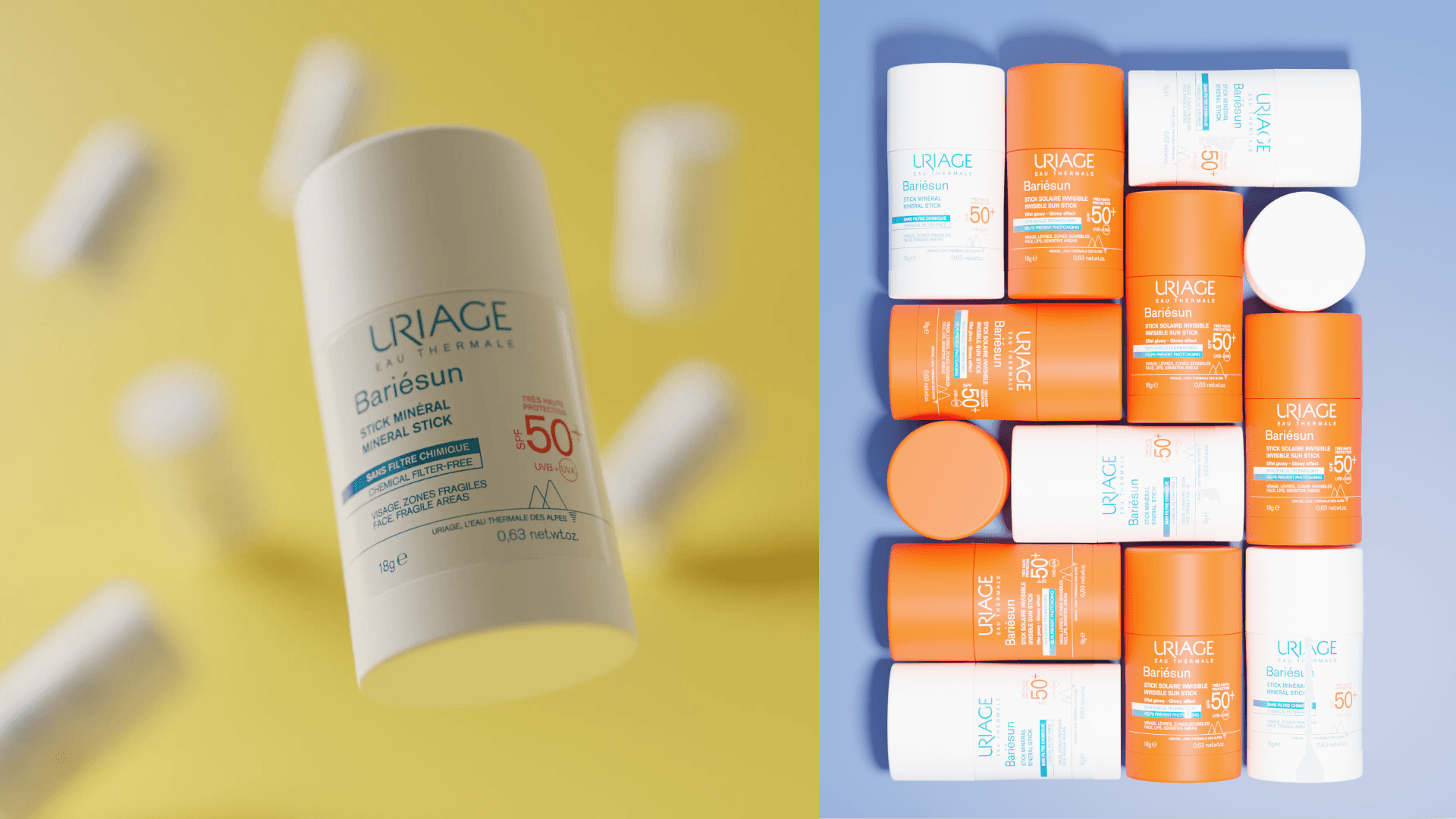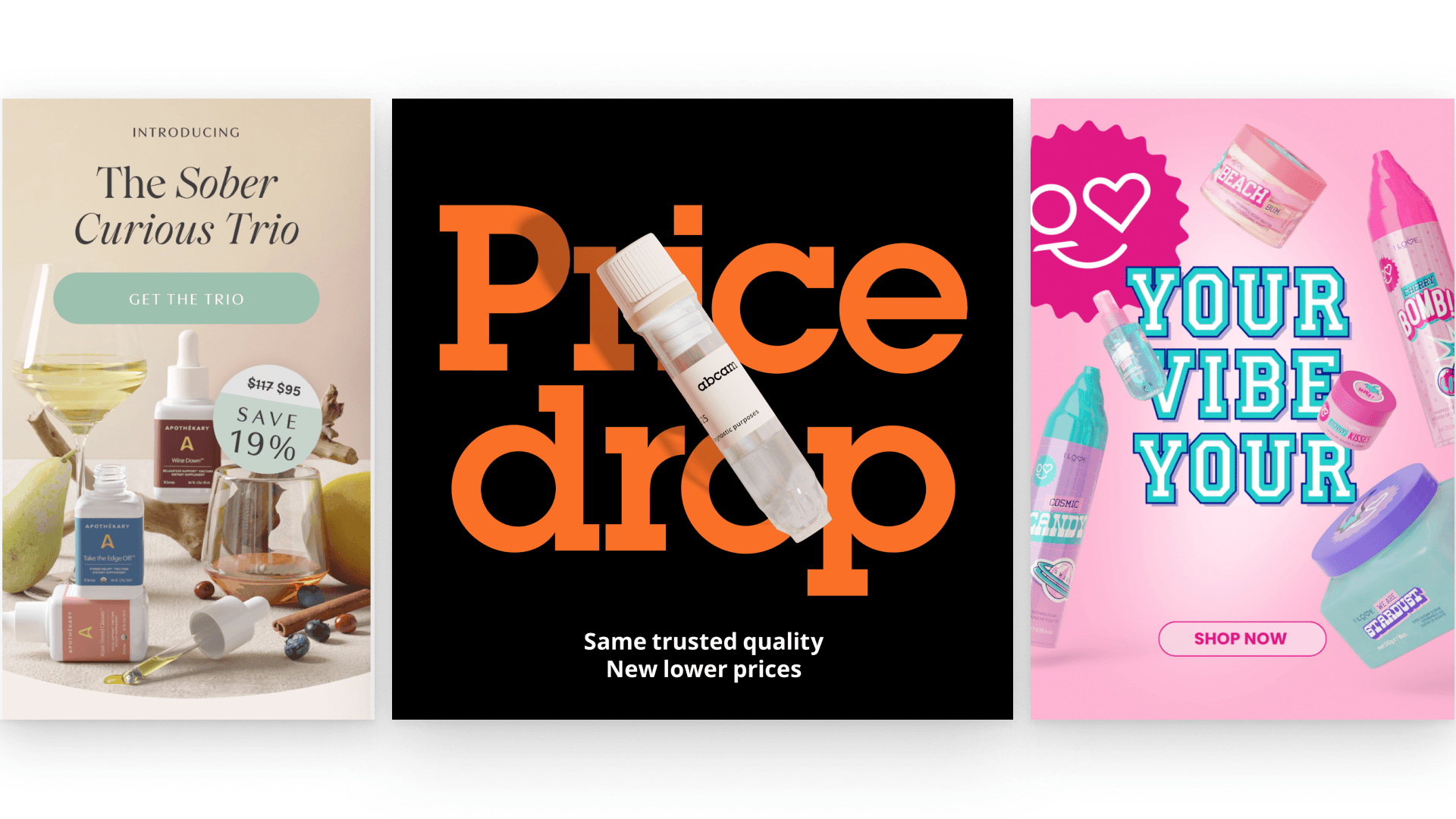How to Reduce Your 2026 Visuals Budget Without Sacrificing Quality

Written by
Rachel Horvelin
Sep 30, 2025
Table of contents
How to Reduce Your 2026 Visuals Budget Without Sacrificing Quality
Marketing teams are finalizing 2026 budgets. Visual production is usually one of the biggest, least flexible lines—traditional photo shoots cost thousands, take weeks, and make simple changes painful. The risk isn’t just overspending; it’s missed launch windows and inconsistent brand quality across channels.
Leading brands are cutting 2026 visual costs by replacing photoshoots with virtual production. Now is the moment to get ahead, before budget sign-off. Here’s what changes, what it saves, and how to roll it out before year-end.
The hidden cost stack of “classic” shoots
Line-items add up: studio rental, set design, photographers, retouching, couriers, storage, reshoots for every variant or market. A single mistake (wrong label, shade, cap) triggers rebooking and delays. Meanwhile, marketing teams need dozens of sizes/crops for different channels. Result: costs are up, brand control down, teams blocked.
What a virtual photo studio changes
With Omi, you send products once. We create accurate 3D Digital Twins. From there, your team produces scenes in-browser, applies brand-compliant presets, generates instant variants, and exports assets pre-formatted for all channels.
Speed: weeks → hours for new campaigns and localization.
Cost: no costly photoshoots, no reshoots for minor changes.
Quality: photorealistic renders, consistent lighting, repeatable templates.
Control: everything lives in a centralized library; creatives focus on concepts, not logistics.
Simplicity: easy to use—no tech skills needed; the “Canva” of 3D design
Budget math for 2026
Say your brand manages 1,200 SKUs and needs 5 images per SKU — that’s 6,000 images in 2026.
At $100 per image with classic photoshoots, you’re at $600,000 — plus weeks of coordination, reshoots, and approvals.
Switching to a virtual photo studio typically cuts time and spend by ~50%, thanks to unlimited content production, unlimited users, and simpler localization/refreshes (variants produced without reshoots).
Note: These are minimum savings; as visual volume grows, the reduction generally increases.
A 30-day adoption plan
Week 1 – Foundation: Start with 40 SKUs. Define 6 key variants per SKU. Lock brand presets (angles, lighting, backdrops).
Week 2 – Templates: Build templates for PDP, social (1:1, 4:5, 9:16), and CRM banners.Week 3 – Benchmark: Recreate one live campaign end-to-end (10 SKUs × 6 variants × 3 markets = 180 assets). Track time and cost.
Week 4 – Decision: Present results to leadership with data to secure the 2026 budget line.
Ready to see your 2026 savings?
About the author



